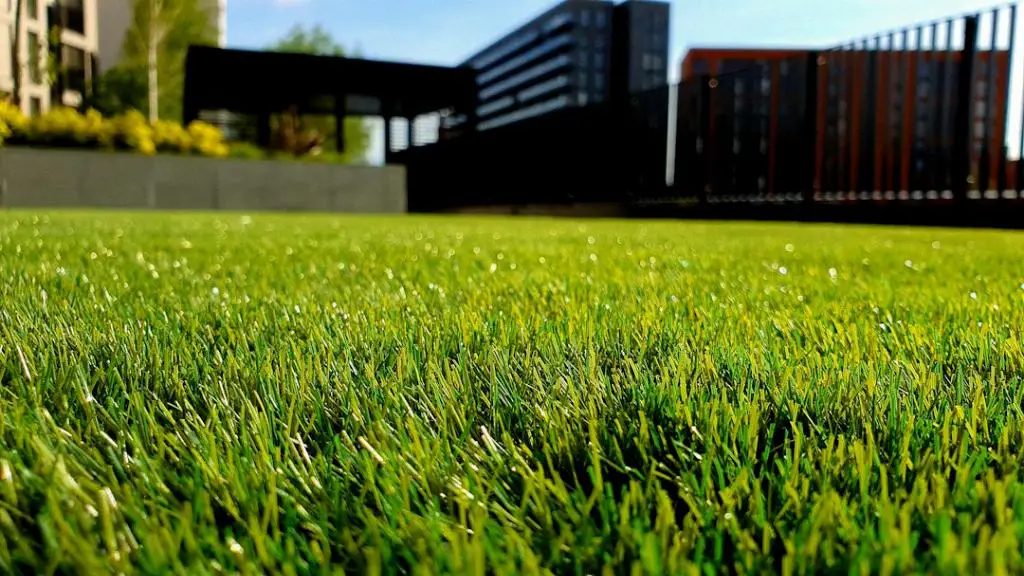When it comes to maintaining a lush and green lawn, there are several key steps that every homeowner should be aware of. Whether you are a seasoned pro or a complete novice when it comes to lawn care, understanding the basics is essential to keeping your outdoor space looking its best.
Testing and Analyzing Your Soil
One of the first steps in caring for your lawn is to test and analyze your soil. By understanding the composition and pH levels of your soil, you can better determine the types of grasses and plants that will thrive in your yard. Testing your soil also allows you to make informed decisions about fertilization and other treatments.
Choosing the Right Grass
Choosing the right grass for your lawn is crucial to its overall health and appearance. Different grass varieties have specific requirements when it comes to sunlight, water, and soil conditions. By selecting the appropriate grass type for your region and climate, you can ensure that your lawn remains healthy and vibrant throughout the year.
Proper Watering Techniques
Watering your lawn is essential for maintaining its health and vitality. Proper watering techniques include deep, infrequent watering to encourage deep root growth and avoid shallow root systems. It is recommended to water your lawn early in the morning to reduce water evaporation and minimize the risk of fungal diseases.
Essential Lawn Mowing Practices
When it comes to mowing your lawn, it’s important to follow a few essential practices to ensure that your grass stays healthy and looks its best. Mow at the right height for your grass type, avoid cutting more than one-third of the grass blade at a time, and keep your mower blades sharp to prevent tearing and damage to the grass.
Feeding Your Lawn with Fertilizer
Fertilizing your lawn is key to providing essential nutrients that promote healthy growth and development. Understanding the nutrient requirements of your grass and soil is essential to choosing the right fertilizer. Applying fertilizer at the correct time and in the right amount can help your lawn thrive and withstand environmental stressors.
Managing Weeds and Pests
Weeds and pests can wreak havoc on your lawn if left unchecked. Implementing effective weed control and pest management strategies is crucial to maintaining a healthy lawn. Regularly inspecting your lawn for signs of weeds, pests, and diseases can help you address issues early and prevent widespread damage.
Addressing Lawn Diseases
Lawn diseases can impact the health and appearance of your grass, leading to discoloration, thinning, and even death in severe cases. Identifying common lawn diseases, such as brown patch and dollar spot, and implementing preventative measures can help protect your lawn from disease outbreaks and keep it looking lush and vibrant.
Aerating and Dethatching Your Lawn
Aerating and dethatching your lawn are important maintenance tasks that help promote healthy root growth and improve soil aeration. Aerating your lawn involves creating small holes in the soil to allow air, water, and nutrients to reach the grassroots. Dethatching, on the other hand, involves removing built-up thatch, which can inhibit water and nutrient absorption.
Repairing Bare Spots
Over time, bare spots may develop in your lawn due to foot traffic, pets, or environmental stressors. Repairing bare spots involves reseeding or resodding the affected areas to restore a lush and uniform appearance. It’s important to address bare spots promptly to prevent weed infestations and promote healthy grass growth.
Maintaining a Consistent Lawn Care Routine
Consistency is key when it comes to caring for your lawn. Establishing a regular maintenance routine that includes watering, mowing, fertilizing, and addressing common lawn issues can help keep your lawn healthy and looking its best year-round. By staying proactive and attentive to your lawn’s needs, you can enjoy a vibrant and beautiful outdoor space.

Seeking Professional Help When Needed
While many aspects of lawn care can be handled by homeowners, there are times when seeking professional help may be necessary. If you encounter persistent lawn issues, such as stubborn weeds, recurring diseases, or extensive damage, consulting with a lawn care expert can provide valuable insight and solutions to restore the health and vitality of your lawn.
